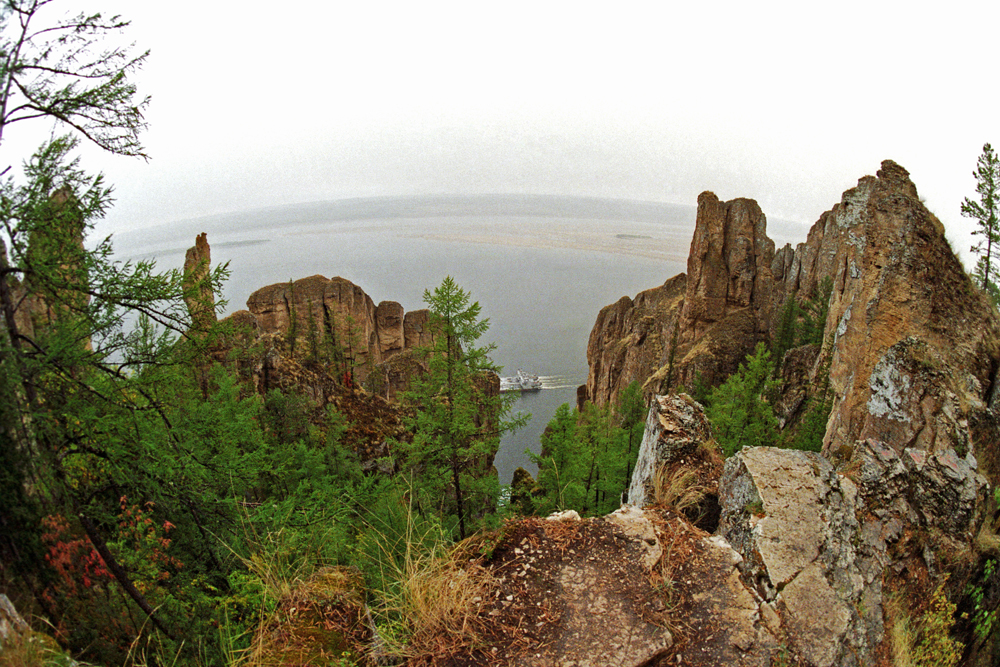
Lena Pillars (Lenskie Stolbi) ...is the name given to a natural rock formation along the banks of the Lena river in far eastern Siberia. The pillars are 150-300m high, and were formed in some of the Cambrian era sea-basins.The addition of the Lena Pillars Nature Park brings Russia's total of cultural and natural sites recognized on the World Heritage List to 25. Among these 25 fourteen sites are considered as cultural, including some cities, architectural complexes and churches and 11 are natural.
ITAR-TASS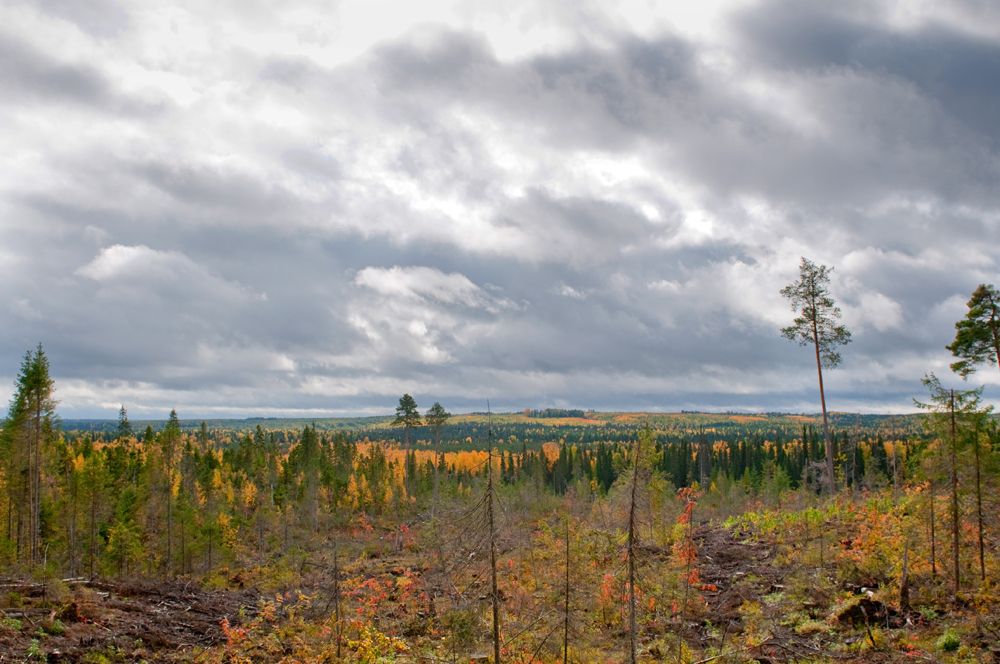
The Virgin Komi Forests ...is a natural UNESCO World Heritage site in the Northern Ural mountains of the Komi Republic. It is the largest (32,800 sq km) virgin forest in Europe. The site corresponds to Russia's Pechora Ilych Nature Reserve and Yugyd Va National Park. Its World Heritage status was defined in 1995, making it the first natural World Heritage site in the country.
ITAR-TASS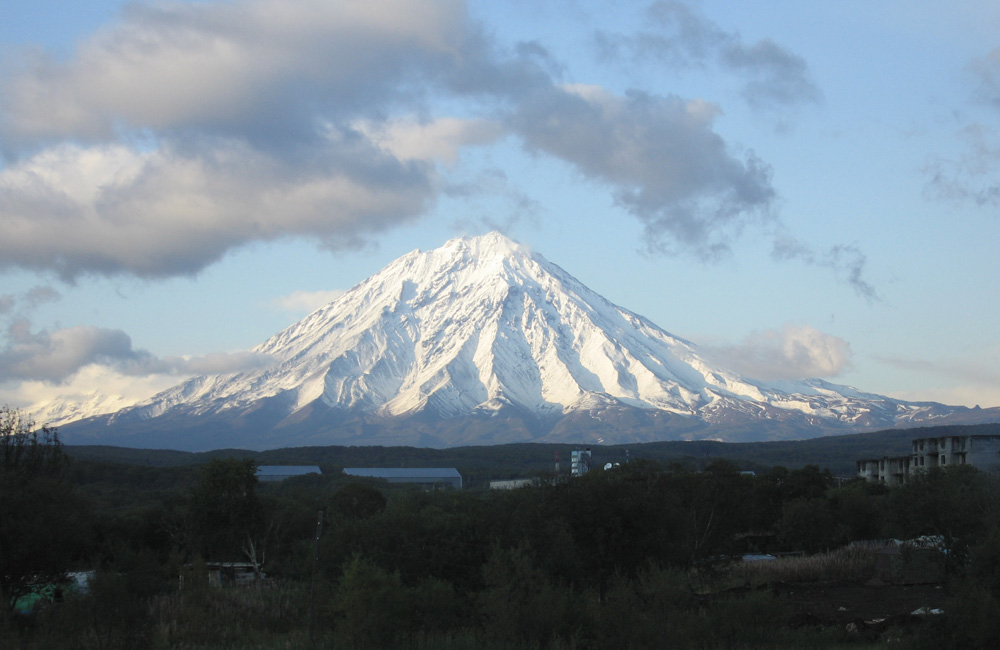
The Volcanoes of Kamchatka ...are a large group of volcanoes situated on the Kamchatka peninsula. The large volcanic belt contains around 160 volcanoes, 29 of them are still active. The highest volcano is Klyuchevskaya Sopka (4,750 m), the largest active volcano in the Northern Hemisphere. In the list of UNESCO World Heritage since 1996.
ITAR-TASS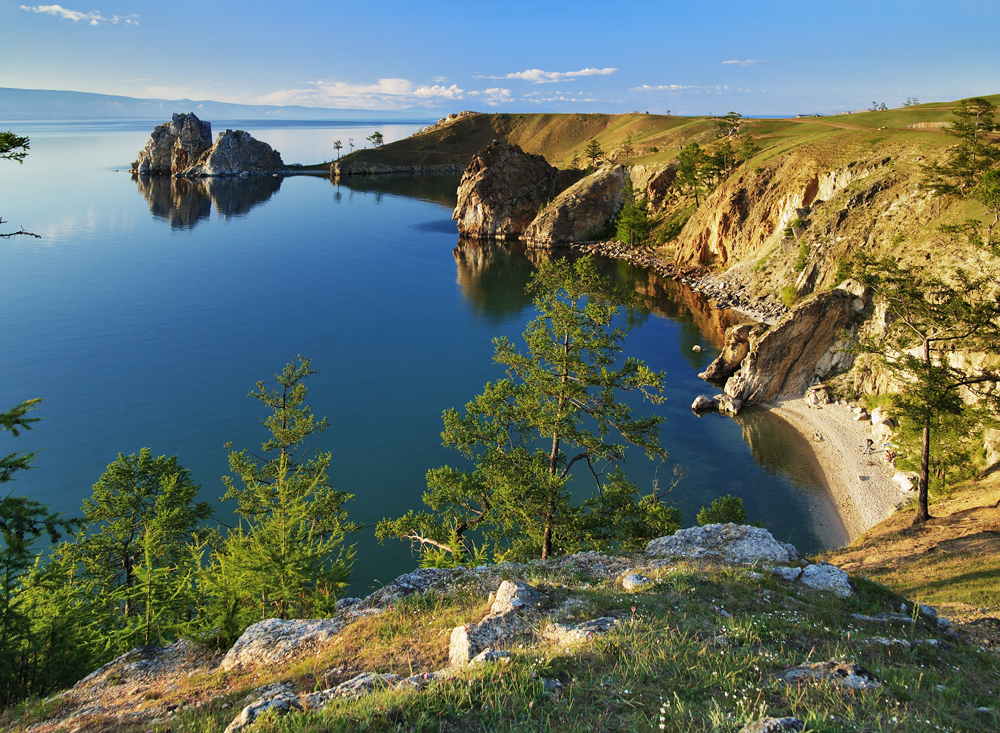
Lake Baikal ...is the world's oldest lake. According to the latest researches, Baikal exists more than 25 million years. Moreover, it is the deepest lake in the world, averaging 744.4 m. Located in the south of Siberia, between Irkutskaja Oblast to the northwest and the Republic of Buriatia to the southeast, it is the most voluminous freshwater lake in the world, containing roughly 20% of the world's unfrozen surface fresh water. In the list of UNESCO World Heritage since 1996.
Lori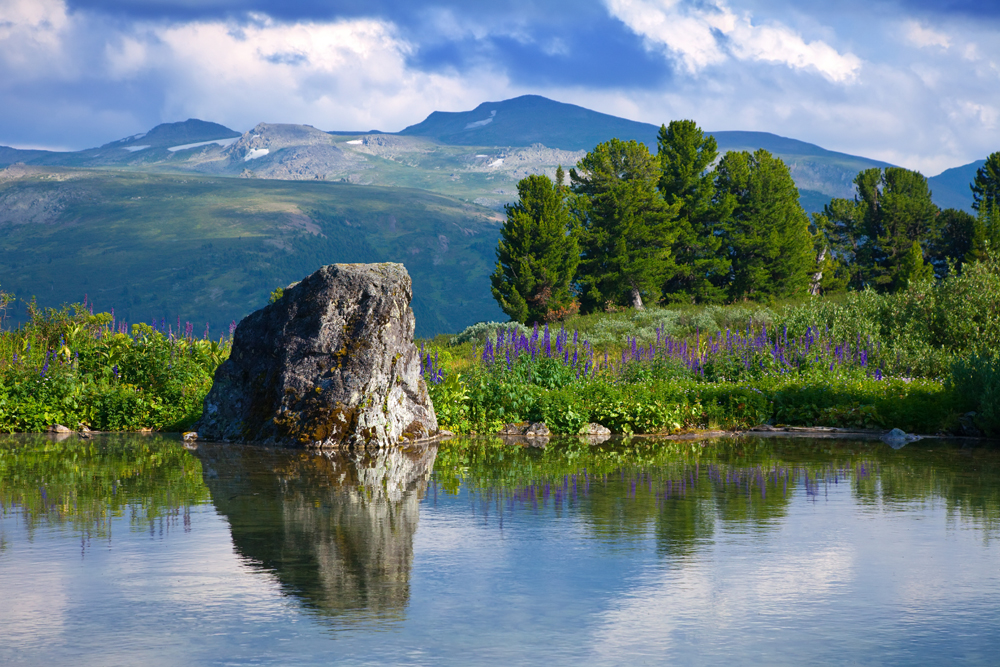
The Altai mountains ...in southern Siberia form the major mountain range in the western Siberia biogeographic region and provide the source of its greatest rivers - the Ob and the Irtysh. These mountains were included in the UNESCO World Heritage list in 1998. The total area covers 1,611,457 ha. The region represents the most complete sequence of altitudinal vegetation zones in central Siberia. The site is also an important habitat for endangered animal species such as the snow leopard.
Lori
The Western Caucasus ...extending over 275,000 ha of the extreme western end of the Caucasus mountains and located 50 km north-east of the Black Sea, is one of the few large mountain areas of Europe that has not experienced significant human impact. The site has a great diversity of ecosystems, with important endemic plants and wildlife, and is the place of origin and reintroduction of the mountain subspecies of the European bison. The Western Caucasus appeared in the list of UNESCO World Heritage in 1999.
ITAR-TASS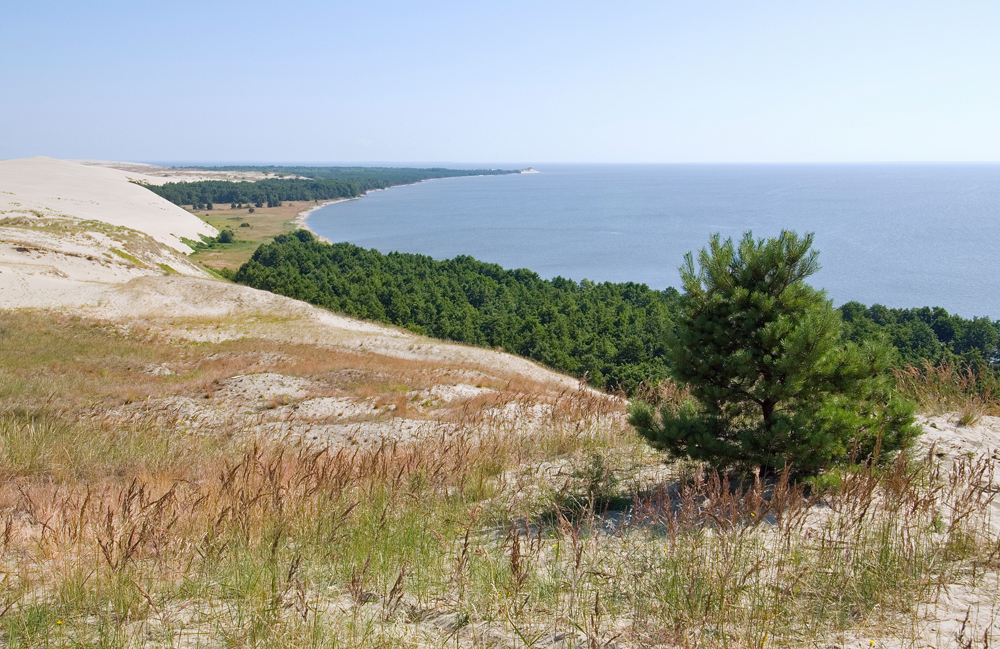
The Curonian Spit ...is a 98 km long, thin, curved sand-dune spit that separates the Curonian Lagoon from the Baltic sea coast. Its southern portion lies within Kaliningradskaya oblast (Russia), and its northern within southwestern Lithuania. It is a UNESCO World Heritage site since 2000, shared by the two countries. Human habitation of this elongated sand dune peninsula, 98 km long and 0.4-4 km wide, dates back to prehistoric times.
ITAR-TASS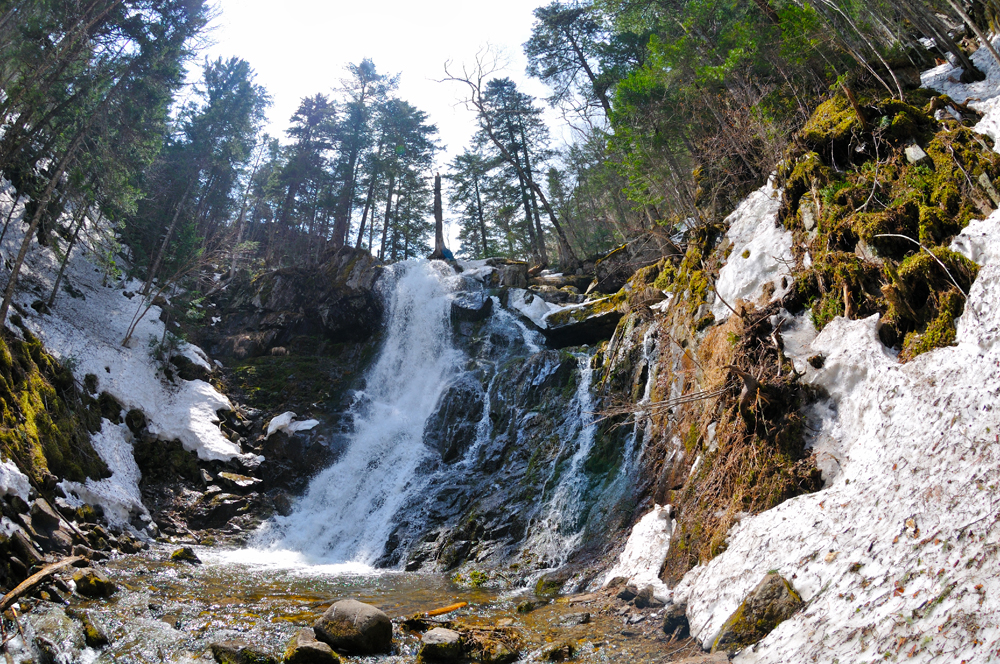
Sikhote-Alinsky zapovednik ...is the largest natural reserve in the southern half of the Russian Far East. The reserve is located in Primorye Province, encompassing the Eastern and Western slopes of the Middle Sikhote-Alin Mountain Range and a stretch of coastline of the Sea of Japan. It was founded to protect the population of sables. Today the Siberian (Amur) tiger is perhaps the most prized creature in the Sikhote-Alin mountains and the prime target of protection in the region. Included in the list of UNESCO in 2001.
Lori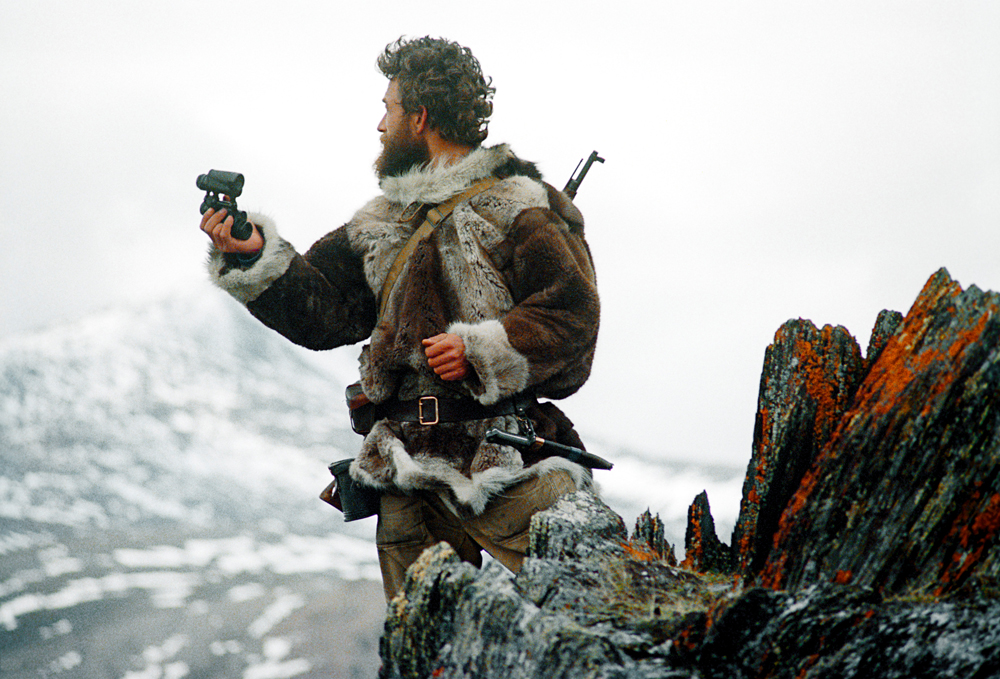
Wrangel Island ...is an island in the Arctis ocean between the Chukchi Sea and East-Siberian Sea. Wrangel Island is about 125 km wide and 7,600 sq km in area. This rocky island has a weather station and, formerly, two Chukchi people fishing settlements on the southern side of the island. UNESCO included this site in the list in 2004.
RIA-Novosti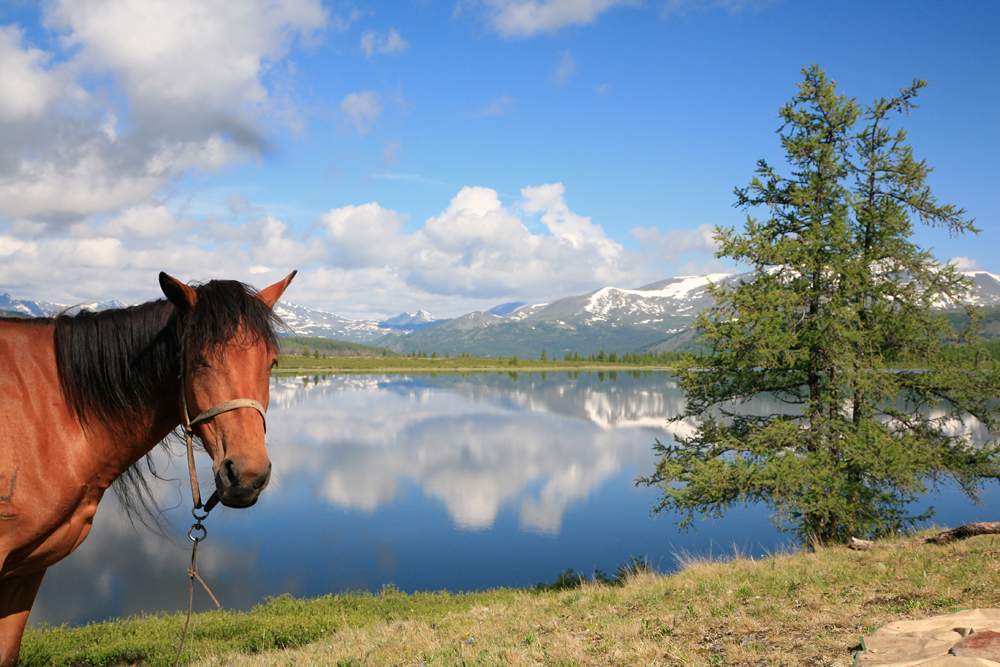
The Ubsunur Hollow (Uvs Nuur Basin) ...is the northernmost of the enclosed basins of Central Asia. The total area of Uvs Lake drainage basin is 70,000 sq km. The greater part of it lies in Mongolia and the northern part in Russia (Tuva republic). It takes the name from Uvs Nuur Lake, a large, shallow and very saline lake, important for migrating birds, waterfowl and seabirds. The site, included in the UNESCO list in 2006, is made up of twelve protected areas representing the major biomes of eastern Eurasia.
Lori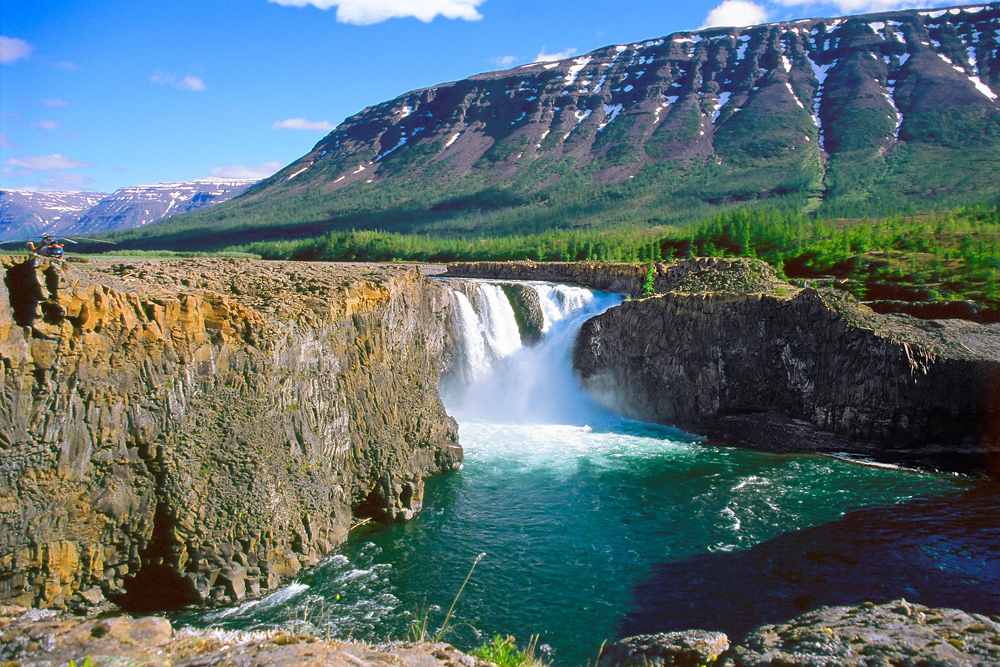
The Putorana Plateau ...is the vast basalt plateau almost not disturbed by civilization raising on the north of East Siberia to the north of the polar circle. The area contains some of the largest known nickel deposits in the world. In July 2010 the Putorana Reserve was inscribed on the World Heritage List as a complete set of subarctic and arctic ecosystems in an isolated mountain range, including pristine taiga, forest tundra, tundra and arctic desert systems, as well as untouched cold-water lake and river systems.
LoriAll rights reserved by Rossiyskaya Gazeta.
Subscribe
to our newsletter!
Get the week's best stories straight to your inbox